Millions of years ago, giant animals were far more common than they are today.
Some of the Largest Animal Species Ever Recorded
Deinosuchus
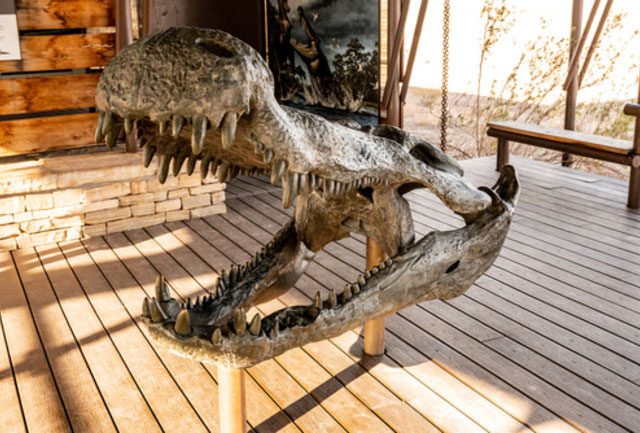
Deinosuchus reaches nearly 11 meters in length and weighs 2.5-5.5 tons. (Image: ShutterStock).
With a length of nearly 11 meters and a weight of 2.5-5.5 tons, this ancient crocodile is often described as a reptilian monster. It was the largest predator living in North America during the Late Cretaceous period, over 75 million years ago.
According to Discovery Magazine, research indicates that Deinosuchus hunted dinosaurs, which is not surprising considering they weighed twice as much as a Tyrannosaurus rex.
Scientists believe that Deinosuchus had a lifespan of 50 years, growing in size during the first 35 years of its life. Despite being much larger than modern crocodiles, Deinosuchus resembled its contemporary relatives.
Josephoartigasia Monesi
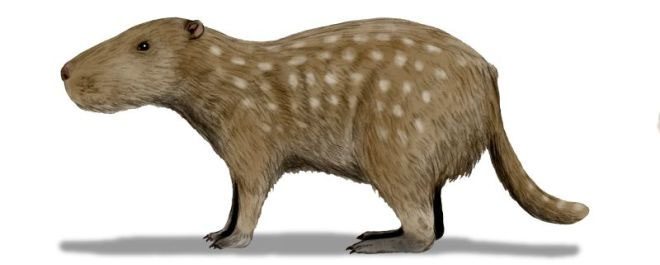
Josephoartigasia Monesi is the largest rodent to have ever lived on Earth, with an average weight of up to 1.3 tons. (Image: ShutterStock)
Currently, the capybara is the largest rodent in the world, weighing up to nearly 60 kg. However, over 3 million years ago, the largest rodent ever to inhabit the Earth weighed an average of 1.3 tons. Josephoartigasia Monesi lived in river mouths and forested floodplains in what is now Uruguay.
Fossil remains show that Josephoartigasia Monesi had large incisors with a bite force three times that of a tiger, likely used for defense or for digging for food. With smaller molars, it likely fed on soft vegetation.
Megatherium Americanum
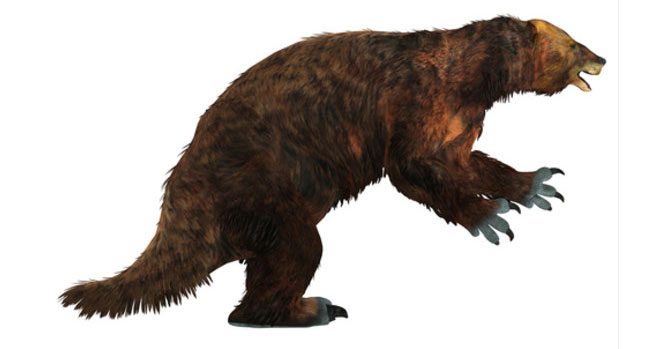
Megatherium Americanum can grow up to 6 meters long and weigh around 4 tons. (Image: ShutterStock).
The Pliocene epoch (approximately 5.3-2.6 million years ago) and the Pleistocene epoch (approximately 2.6 million years ago – 11,700 years ago) witnessed the presence of a giant sloth measuring 6 meters long and weighing 4 tons.
Found in the forests and grasslands of South America, Megatherium Americanum primarily fed on grass. However, when the opportunity arose, this creature was believed to be willing to eat meat. Unlike modern sloths that use claws to climb trees, Megatherium Americanum used its claws to dig holes and tunnels underground.
Paraceratherium
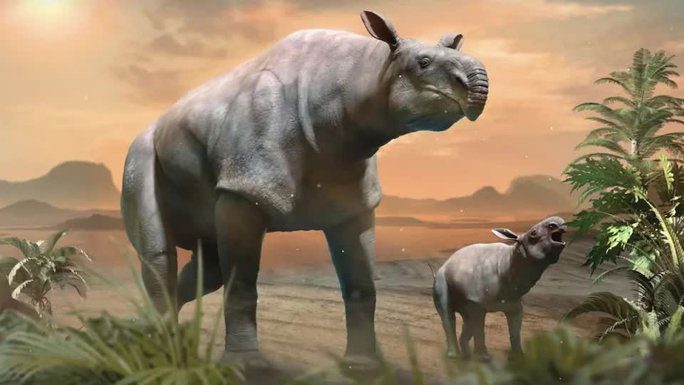
Paraceratherium weighs about 30 tons (four times the weight of today’s elephants). (Image: ShutterStock).
More than 30 million years ago, a species of hornless rhinoceros weighing about 30 tons (four times the weight of modern elephants) roamed the Earth. Although it had a length of nearly 8 meters and a height of about 5.5 meters, Paraceratherium had a small skull. Its long neck and legs allowed this rhinoceros to reach leaves and branches high in trees.
Despite lacking the horns of modern rhinoceroses, Paraceratherium had a rather “strange” dental structure. It had two pairs of incisors, with the lower pair angled forward and the upper pair slanting downward. This structure was believed to help Paraceratherium grip branches firmly in its mouth while feeding. Paraceratherium remains the largest land mammal known to have ever existed.
Gigantopithecus
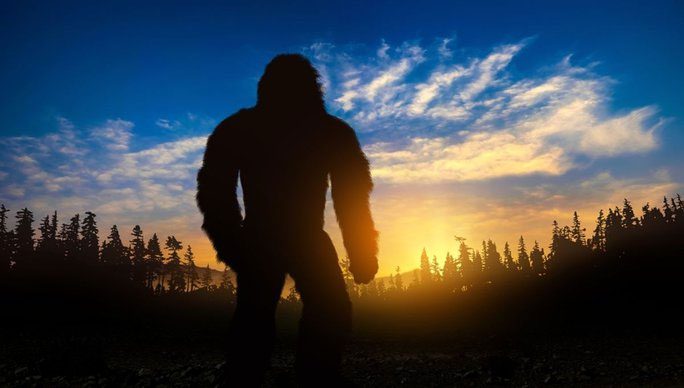
Gigantopithecus stood about 3 meters tall and weighed around 200–300 kg. (Image: ShutterStock)
Gigantopithecus is the largest known tailless ape ever recorded. For over 1.7 million years, this “beast” dominated the forests throughout East Asia, according to Ifl Science.
Most scientists agree that Gigantopithecus went extinct at least 100,000 years ago, likely due to food supply issues caused by environmental changes. The majority of experts estimate that Gigantopithecus stood about 3 meters tall and weighed around 200–300 kg.
Blue Whale
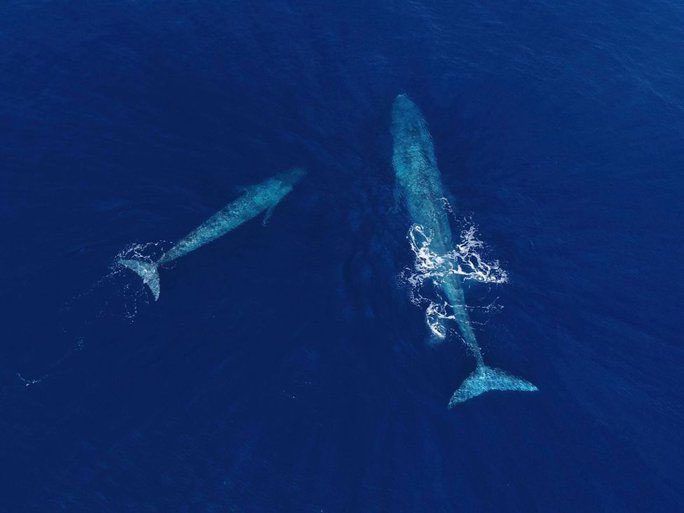
The blue whale has an average length of nearly 31 meters and can weigh up to 200 tons. (Image: Newport Coastal Adventure).
Unlike the aforementioned animals, the blue whale still exists today. It is the largest animal ever recorded, with an average length of nearly 31 meters and a weight of up to 200 tons.
According to research published in 2021 by expert Matthew Savoca from the Hopkins Marine Station at Stanford University, blue whales can consume 20–50 million calories per day. The sight of a blue whale surfacing is always a breathtaking spectacle for observers.


















































